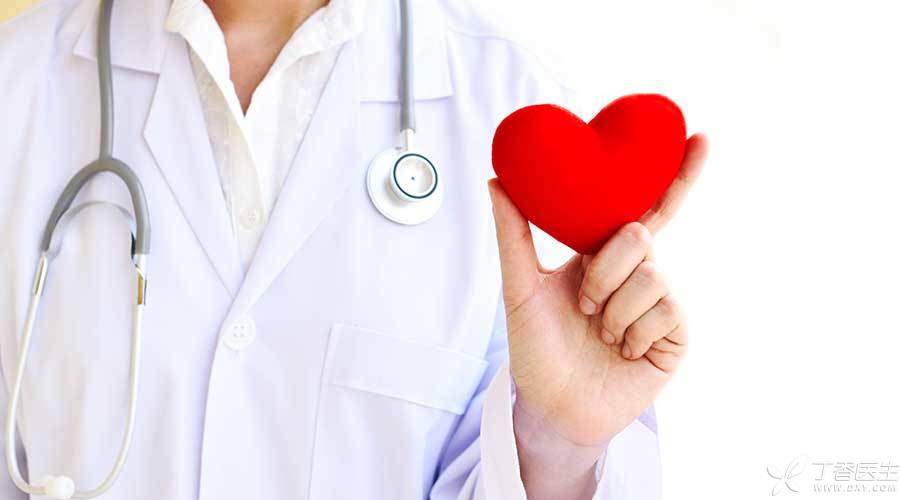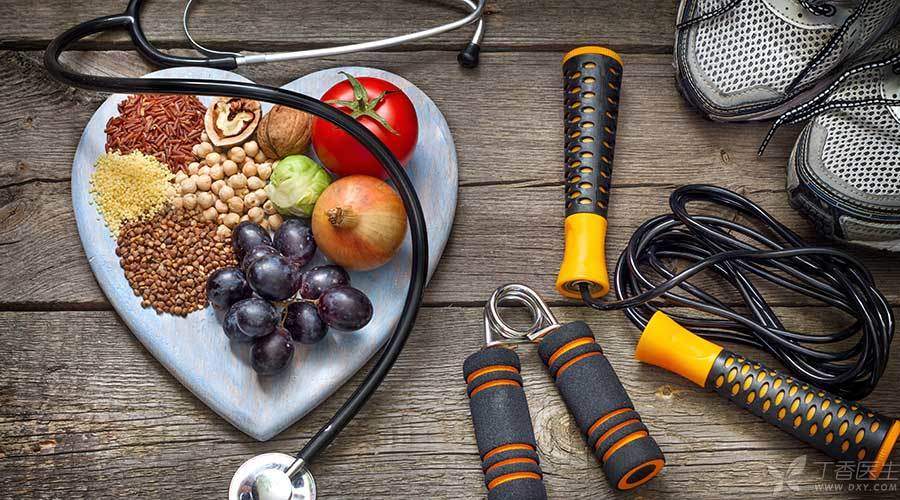
When it comes to keeping the heart healthy, there are some factors that we cannot control, such as age growth and genetic factors.
According to a December 2010 report by the American Heart Association:
- For men, if one parent had suffered from early heart disease, the risk of heart disease doubled. For women, the risk increased by 70%.
We have no way to change genes, but we cannot let it go. To maintain the health of the heart, we can also start with our own lifestyle and do something beneficial to the heart, which can reduce the risk of heart disease.
1. Quit smoking
Smoking is the biggest enemy of heart health. It causes inflammation of blood vessels, increases blood pressure, affects blood lipid and causes thrombosis. According to the American Heart Association, smoking ranks first among the controllable risk factors for cardiovascular accidents in Americans.
Quitting smoking is not easy, but the benefits of quitting smoking are huge. Overcoming tobacco is also a big achievement.
No matter how old you are or how many years you smoke, you can get health benefits from quitting smoking.
- Quitting smoking for one year will reduce the risk of heart disease by 50%. After 15 years of quitting smoking, the risk of heart disease is the same as that of non-smokers.
2. Regular physical examination
Regular physical examination can help us find some heart disease risk factors, such as hyperlipidemia, hypertension, hyperglycemia, etc. These conditions generally do not have obvious symptoms, but they are [silent killers] of heart health.
Controlling these risk factors before heart health is affected can greatly reduce the occurrence of heart disease.
To treat heart health, we should nip in the bud, not mend the fold after losing the sheep.
3. Pay attention to chest pain symptoms
When chest pain occurs for no reason, we must pay attention to it.
There are many reasons for chest pain. Chest pain occurs when you are exercising or doing manual work. This is a warning signal to indicate that there is something wrong with the blood supply to your heart. Do an electrocardiogram as soon as possible.
If chest pain occurs after a full meal, in addition to possible heart problems, it may also be stomach diseases, pancreatitis and cholecystitis, and it is also necessary to go to the hospital for examination in time.
Chest pain may also be a symptom of myocardial infarction. Myocardial infarction needs to be treated in time. If it is delayed for one second, it will be more dangerous.
When myocardial infarction occurs, the typical feeling is pressure on the chest. Sometimes, the pain will spread to the shoulder, chin or left arm. If you feel that your chest is like a big stone, suffocated and sweating, this is a dangerous signal and you should seek help in time.
4. Manage blood pressure well
Allowing blood pressure to remain high is a very damaging thing for the heart.
Elevated blood pressure means that the heart needs to pump blood to the whole body with greater strength. Over time, heart failure will occur.
Hypertension itself has few obvious symptoms, so it is easy to be ignored.
It is very important to form the habit of taking blood pressure regularly. Balanced diet, moderate exercise and appropriate treatment can control hypertension.
5. Standardize medication
In addition to hypertension, diabetes and hyperlipidemia also need long-term medication control.
When there are no obvious symptoms, many people are unaware of the risks, think the medication is troublesome or worry about the side effects of the drugs. Withdrawing drugs or interrupting treatment without consulting a doctor will greatly increase the risk of cardiovascular diseases.
When myocardial infarction occurs, many people regret: [should have insisted on taking drugs before].

6. Keep fit
Good body shape brings us not only external beauty, but also health.
Overweight and obesity, especially the accumulation of fat in the waist, will undoubtedly increase the risk of hypertension and heart disease.
Therefore, we must pay attention to your waist circumference. If men’s waist circumference exceeds 95cm and women’s waist circumference exceeds 90cm, we must start to lose weight.
7. Healthy Diet
Diet is the foundation of health. Many chronic diseases are related to unreasonable diet structure and excessive calories.
- Increase the content of dietary fiber in your diet and eat more vegetables and fruits. Try to eat less added sugar and salt and less processed food. Try to choose coarse grains as staple food; Choose healthy sources of fat, such as vegetable oil and nuts.
If you want to lose weight, you need to reduce your appetite a lot at once. You can try to eat 100 calories less every day.
If the previous diet structure is very unhealthy, you can also gradually adjust your diet step by step. For example, give up sugary drinks this month and try to replace snacks such as biscuits and cakes with fruits next month to slowly adjust your diet to a healthy structure.
8. Exercise More
Life lies in exercise. When you have time, you collapse on the sofa and fall on the bed, which is very unfavorable to your health.
Proper exercise can effectively reduce blood pressure, reduce cholesterol level, lose weight, improve vascular function, release emotions and relieve stress and other benefits.
If you have never had the habit of exercising, don’t give up on yourself. No matter when you started to exercise in what, you can benefit from it.
Exercise should be carried out step by step, starting with exercise with relatively low intensity, and don’t be greedy for more speed. Remember, the benefits of exercise will be more obvious if you persist for a long time.
